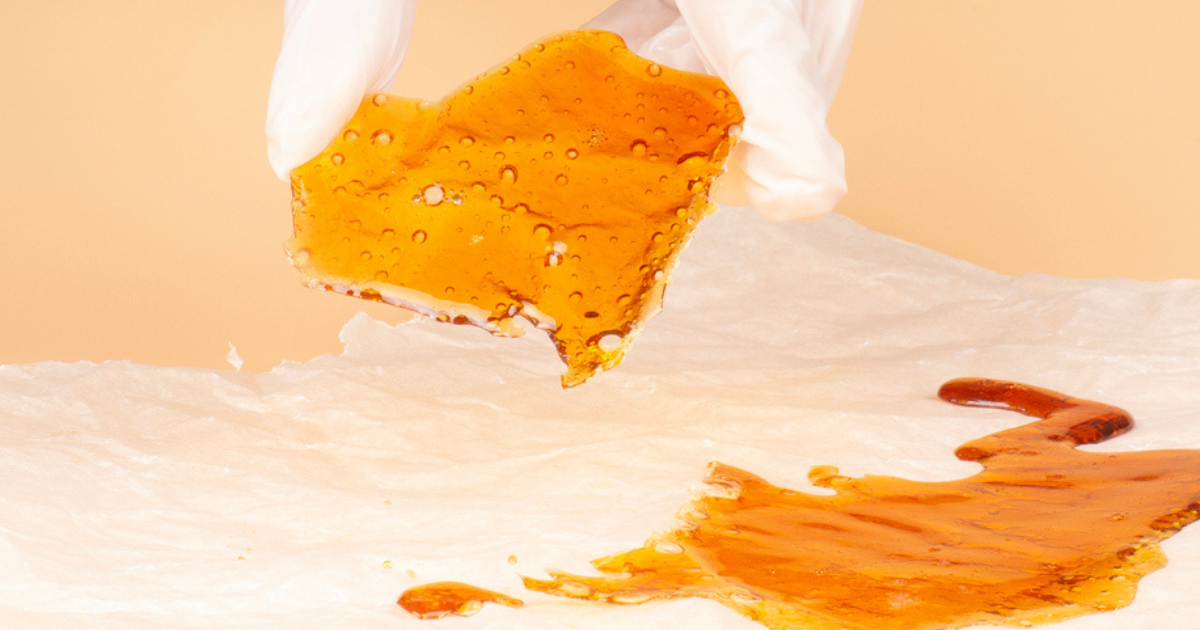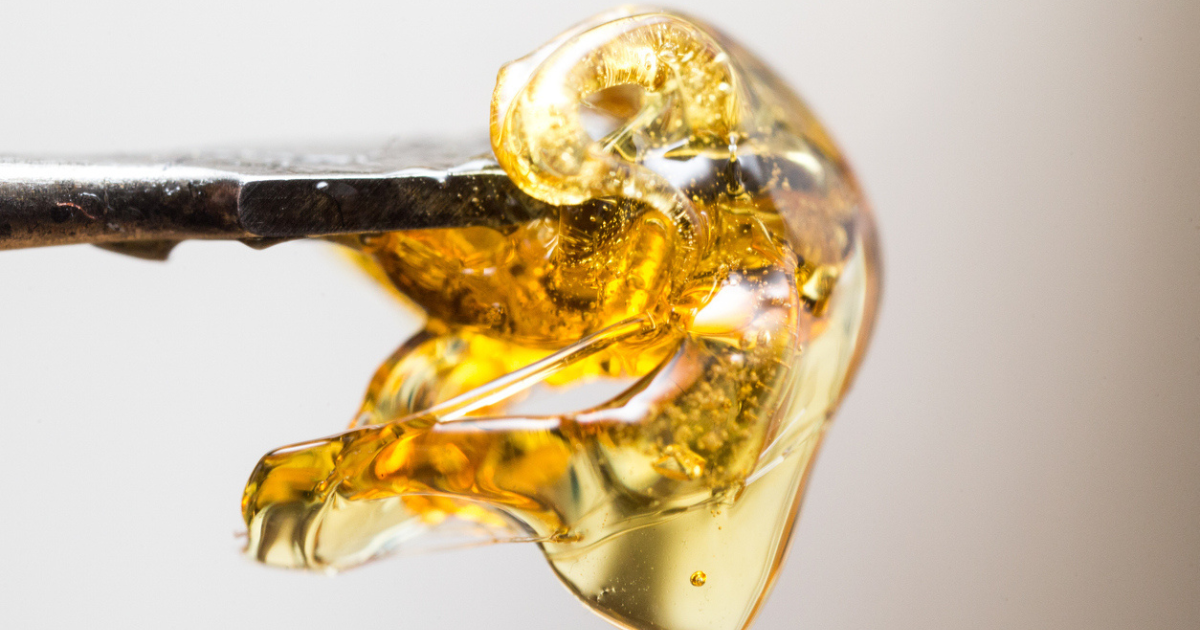Vacuum Oven Temps and Times (Cannabis Extraction Applications)
Posted by USA Lab Equipment on Feb 3rd 2025
Precision in your vacuum oven's settings gets the most out of your cannabis. By fine-tuning the temperature and pressure, you can preserve terpenes and cannabinoids. Here’s how to optimize these settings for each extract type to consistently achieve superior quality.
Using Vacuum Ovens for Cannabis Extracts
A vacuum oven is your trusty sidekick in creating flawless cannabis extracts. By lowering the pressure, these ovens allow solvent removal at cooler temperatures, protecting those precious terpenes and cannabinoids that pack all the punch and flavor.
It’s all about finesse, like simmering a gourmet sauce to perfection. Here’s a quick guide to locking in those temperature settings for various extracts.
|
Extract Type |
Temperature Range |
Duration |
Notes |
|
Shatter |
90ºF - 95ºF |
24 - 72 hours |
Lower temps to preserve terpenes; prevents turning into wax/crumble. |
|
Budder |
100ºF - 125ºF |
72 hours |
Medium heat helps create a soft, fudge-like consistency |
|
Wax and Crumble |
120°F - 150°F |
24 - 48 hours |
Higher temps for solvent removal; achieves crumbly texture. |
|
Oil |
140°F - 180°F |
12 - 24 hours |
Higher temps help break down resin, creating a syrupy consistency. |
|
Live Resin |
80ºF - 89ºF |
72 hours |
Lower temps help preserve high terpene content. |
|
Diamonds |
85-90°F (initial), Room temp (rest) |
1 hour (initial), 3 weeks (rest), 60-72 hours (final purge) |
Start without vacuum, rest at room temp, end with high vacuum purge. |
For Shatter
The ideal temperature range is between 90°F to 95°F. Operating within this range helps to prevent the off-gassing of terpenes, which are responsible for the extract's aroma and flavor.
Higher temperatures risk transforming the shatter into wax or crumble by causing the terpenes to evaporate too quickly. Aim for 24 to 72 hours in the vacuum oven. This extended time at lower temperatures helps lock in the terpenes for that crystal-clear snap.
For Budder
For budder, the ideal temperature in a vacuum oven is typically set between 100ºF and 125ºF. This typically requires 72 hours in the vacuum oven. The medium heat setting helps create a soft, fudge-like consistency.
For Wax and Crumble
Your vacuum oven should be set at higher temperatures, typically 120°F to 135°F for wax and even up to 150°F for crumble. These higher temperatures help to remove more residual solvents and result in a drier texture, which is ideal for crumble's characteristic crumbly form.
These typically take about 24 to 48 hours. The higher temperatures speed up the solvent removal, which gets that dry, crumbly texture just right.
For Oil
Setting the temperature between 140°F and 180°F is optimal for creating a syrupy consistency in cannabis oil. This higher temperature range effectively breaks down the resin, ensuring a thicker, more viscous final product.
Maintain these temperatures for about 12 to 24 hours to achieve ideal results without over-purging.

For Live Resin
For live resin, it is recommended that temperatures be maintained between 80°F and 89°F during extraction. This range helps preserve the delicate terpenes that evaporate more quickly than in dried cannabis.
To preserve the high terpene content, low temperatures should be maintained for about 72 hours.
For Diamonds
Diamond mining requires a more nuanced process. Initially, they should be purged at 85-90°F for about 1 hour without vacuum, followed by up to 3 weeks at room temperature to allow the THCA crystals to form.
After this, a final high-vacuum purge is done for about 60 hours for the liquid and 72 hours for the crystals.
Factors to Consider for Vacuum Ovens
Each strain of cannabis brings its own set of characteristics to the table, influencing how you set up your vacuum oven.
From the resin-rich heavyweights to those bursting with fragrant terpenes, understanding the nuances of your starting material can help you zero in on the right temperature and times to run your vacuum oven.
Factors like moisture content, the specific terpene profile, and even the room's climate can dictate the perfect balance of heat and time for extraction.
Additionally, the altitude at which you operate and the type of solvent used determine the optimal conditions for effective extraction.
Special Considerations for Different Strains
When you're experimenting with different cannabis strains in your vacuum oven, it's all about gentle adjustments to get the best out of each batch.
-
Temperature Sensitivity: For strains known for their potent aroma, start at the lower end of the temperature spectrum to prevent terpene loss. For instance, begin at 85°F and carefully monitor the terpene preservation before adjusting the heat slightly higher if necessary.
-
Adjusting to Resin Density: Heavier resin-producing strains might need slightly longer extraction times or a slight increase in temperature to mobilize the resin without degrading quality.
-
Experimentation with New Strains: When working with a new strain, start with a conservative approach: low temperature and standard timing. Observe the oil's reaction in terms of viscosity and clarity, then make small incremental changes in temperature or vacuum pressure.
Troubleshooting and Optimization
Addressing common issues can improve your process when refining your vacuum oven technique. Here's how to smooth out any bumps along the way.
-
Uneven Extracts: Spot-check if your extracts look or feel uneven. This could be a sign your oven isn't distributing heat evenly. Try spreading your material more uniformly across the surface.
-
Overheating: If your extracts are losing their aromatic punch or potency, dial back the heat. Use a reliable thermometer to monitor the extracts and adjust as needed.
-
Stubborn Solvents: Still sensing solvent residues? It may be time to extend the purge time or adjust the vacuum pressure for a more thorough evacuation.
-
Consistency Issues: Lower your temp slightly if shatter is more like wax. A slight increase may do the trick for oils that are too sticky.
-
Pre-heating: Allow your vacuum oven to reach the desired temperature before placing your material inside. This helps in achieving a more uniform extraction process from the start.
-
Batch Size: Adjust batch sizes based on your oven's capacity. Overloading can lead to uneven heating and extraction, while underloading might unnecessarily waste energy and extend processing time.
-
Calibration Issues: Regularly check if your vacuum oven's temperature and pressure gauges are calibrated correctly. Inaccuracies can lead to improper settings, affecting the quality of your extracts.
-
Seal Integrity: Make sure the oven door seals properly. Any leaks can affect the internal atmosphere and pressure, leading to inconsistent results.

Advanced Techniques
Here's how you can fine-tune your vacuum oven techniques for the best results:
-
Gradual Vacuum Increase: Start with a low vacuum and slowly increase it. This careful approach preserves the structural integrity of your extract.
-
Incremental Temperature Ramping: Slowly increase the temperature. This strategy activates therapeutic compounds without losing the delicate terpenes that add character to your product.
-
Nitrogen Backfilling: After purging, inject nitrogen to keep your extract free from air contaminants like dust and humidity.
Finding the Sweet Spot
As you continue to work with your vacuum oven, remember that every adjustment you make is a step toward perfecting the extraction process.
Experiment with the temperatures and times to find what works best for each type of extract.
It's all about adjusting your approach to produce top-quality results consistently. Keep at it, and you'll see how each batch gets even better.

